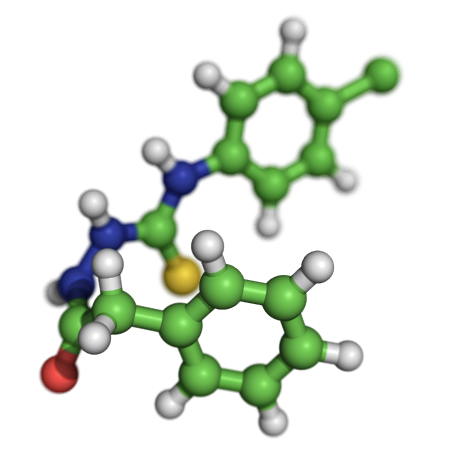New paper on pharmacological chaperones
Researchers in Biorecognition recently published a potential therapy for the metabolic disorder methylamalonic aciduria in the journal Human Molecular Genetics.

Hovedinnhold
In this work we have identified six potential pharmacological chaperones that stabilize ATR (ATP:cobalamin adenosyltransferase) protein in vitro, ex vivo and in vivo. ATR is the protein responsible of converting cobalamin into adenosylcobalamin, the active cofactor required for the methylmalonyl-CoA mutase (MUT) enzyme, which is central for the intracellular processing of vitamin B12. Defects in ATR lead to methylamalonic aciduria cblB type, a mild-severe neurological disease that also exhibits motor impairment, and in many cases leads to the death of the patient, typically newborns or infants. The disease is genetically inherited in a recessive fashion, and several mutants have been shown to have a destabilizing effect on ATR. The collaboration between our laboratory at the University of Bergen, the Universidad Automa de Madrid (Spain) and the University of Michigan (USA) has lead to the discovery of several pharmacological chaperones that can potentially open new therapeutical option for a life threatning disease as is methylamalonic aciduria cblB type. These compounds are now patented and we are very excited about a further investigation of their function in preclinical and clinical studies.
Full text article: http://dx.doi.org/10.1093/hmg/ddt217
Blog post: http://kgjnp.b.uib.no/2013/05/30/ny-publikajson-pa-potensiell-terapi-for-den-medfodte-sykdommen-mma/
